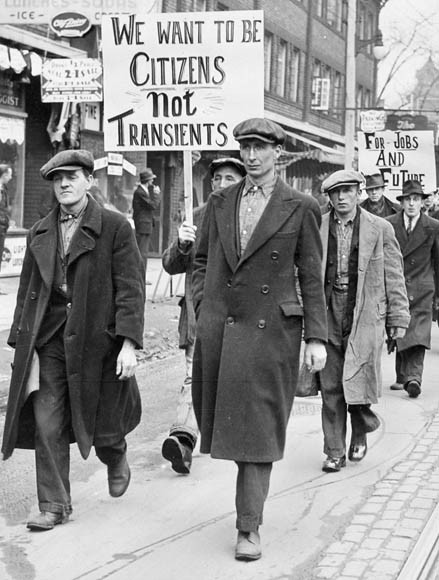2008 Stock Market Crash Its Causes And Effects
Post on: 23 Июль, 2015 No Comment

The 2008 Stock Market Crash Led To Massive Losses For Investors
If the stock market crash of 1987 was the twenty-four hour flu – brief but painful – then the 2008 stock market crash was an agonizing sinus infection – relentless pain and suffering for what felt/feels like an eternity.
Starting on October 6, 2008, and lasting for five sessions, the Dow Jones Industrial Average shed 18%, or 1,874 points to finish out its worst week ever considering both percentage and points lost. While the daily point drops do not come close to the severity of the crash in 1987, the fallout from the bursting of the housing bubble resulted in the worst financial crisis since the Great Depression.
It is crucial for investors to understand the causes of the crisis and its far reaching effects, as well as to understand the importance of educating yourself on each and every potential investment, as much of the crisis is attributed to complex investment derivatives such as Mortgage Backed Securities.
What Caused The 2008 Stock Market Crash?
When examining the causes of the 2008 market crash it is important to see how each component played its unique role in the disaster, and how the fall of the few can cause the suffering of many.
While there has been much finger pointing and speculating in the aftermath of the crisis, the crash served to shine a bright light onto the house of cards that was the housing bubble, and should be a warning to investors to be educated and skeptical in any type of market.
In the Levin-Coburn Report issued by the US Senate after the crash, it was concluded that the crisis was the result of extremely high risk, complicated financial instruments, failure to disclose conflicts of interest, and the lack of regulation in the market itself.
Others have countered with the argument that the crash was the result of inaccurately priced risk concerning mortgage-related financial products, and a failure on the part of governments to amend their regulatory practices for financial markets in the 21 st century.
The first domino to fall in the 2008 stock market crash was the collapse of the US housing bubble, which came to a head in 2005-2006. With default rates already rising on adjustable rate mortgages (ARM) and “subprime” loans, and an increase in interest rates in mid 2007, the US housing market saw a decrease in home prices and a snowball effect in foreclosures.
The Aftermath Of The 2008 Stock Market Crash
Prior to the 2008 stock market crash, the market saw an increase in the number of collateralized debt obligations as well as mortgage backed securities, which derived their value from real estate values and mortgage payments.
As the number of underwater mortgages and foreclosures increased, these investments, often made by major financial institutions, reported substantial losses. These losses caused the collapse of many banks and financial institutions, unprecedented institutional bailouts, monetary policy expansion, and fiscal stimulus.
As the crisis seeped out into other parts of the economy, losses and defaults on other types of loans increased significantly, with total global losses estimated in trillions of US dollars.
In 2009, United States President Obama as well as key advisers introduced a series of regulatory proposals to enhance the Federal Reserves authority to wind down systemically important institutions, expand the regulations concerning derivatives and the shadow banking system, executive pay, and consumer protection among other issues.
Following the House passing a regulatory reform bill in 2009, the Senate passed a reform bill in May 2010 and is awaiting reconciliation.














